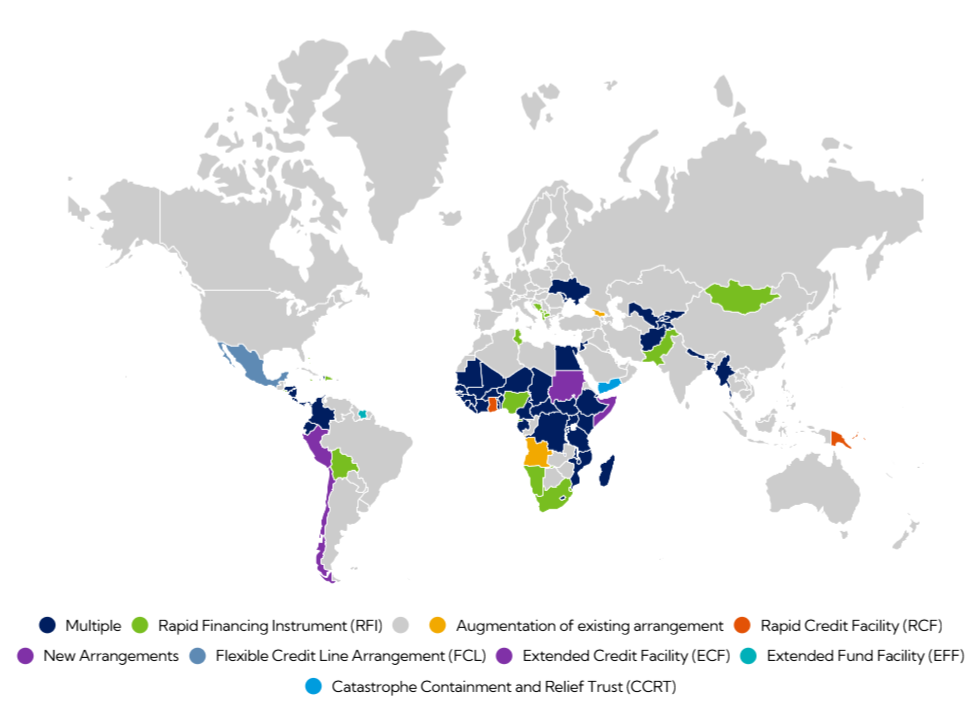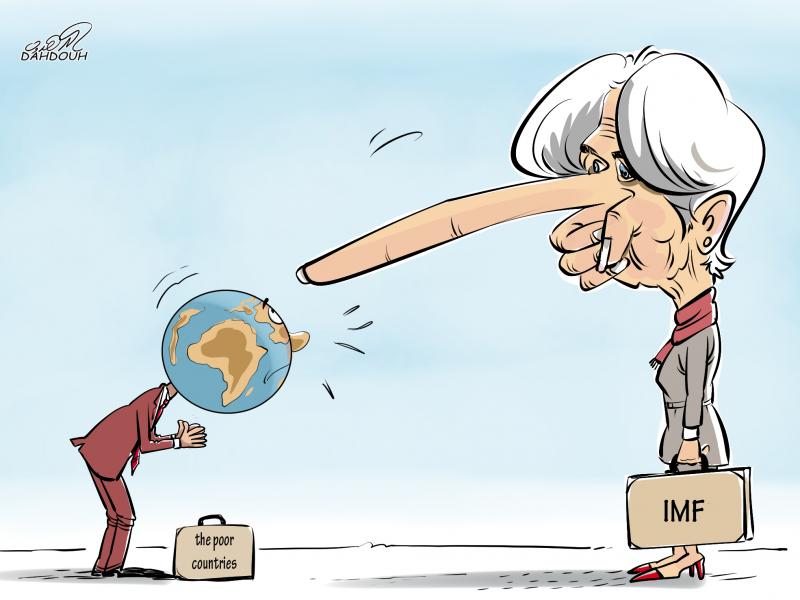
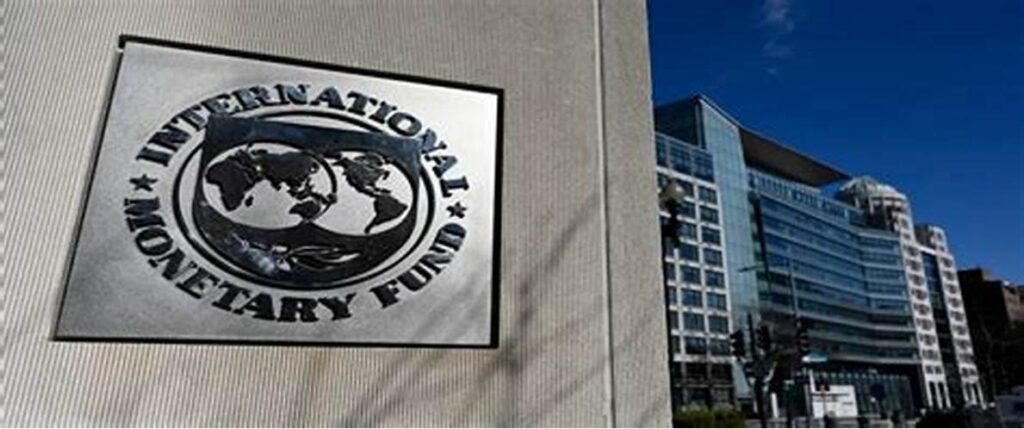
There is no question that the IMF continues to be one of the most influential norm-setters, convenors, knowledge-holders, and influencers in the international development and financial landscape.
Despite assisting thousands of countries through economic crises, “Inside the Institutions” outlines some of the most common criticism of IMF under three broad categories: democratic governance, human rights, and the environment.
In the end, does the IMF actually succeed in addressing the overall economic issues of countries as intended during the Bretton Woods Conference?
How it all started?
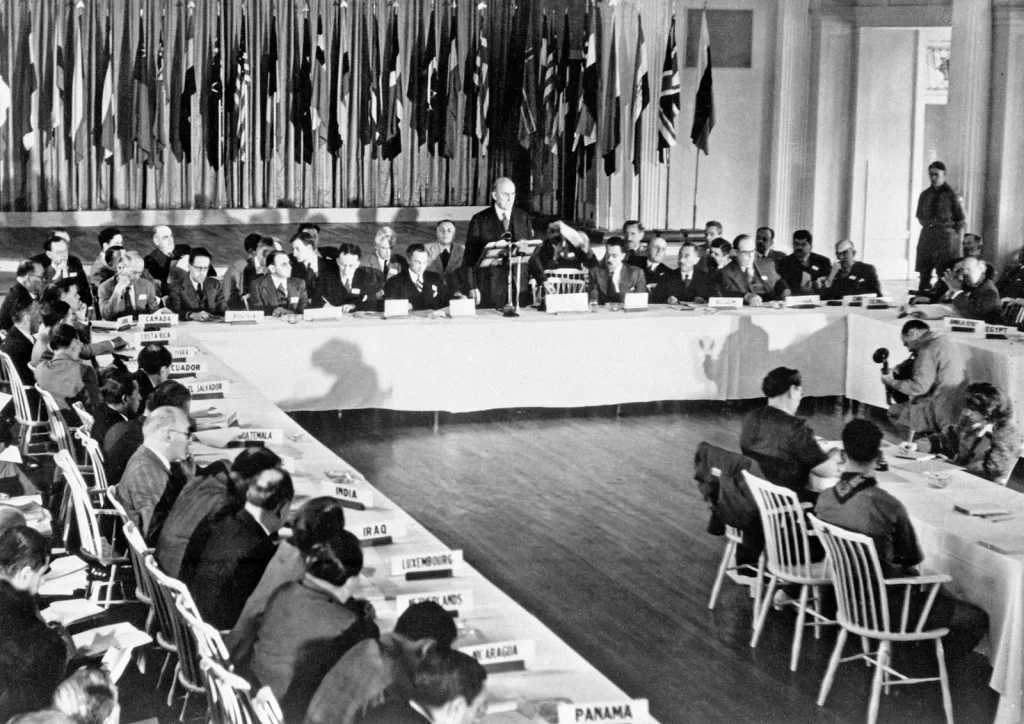
In July 1944, representatives from 44 nations convened to find an economic solution to avoid the mistakes of World War II and the Great Depression.
Based on the IMF, drawing on the ideas of economists Harry Dexter White and John Maynard Keynes, they decided to establish an international fund cooperation that mainly has three functions:
- Promoting international monetary cooperation.
- Supporting the expansion of trade and economic growth.
- Discouraging policies that would harm prosperity.
The IMF began with 29 members on December 27, 1945, and has grown to 190 members, with Andorra joining in October 2020. One of the earliest recipients was France, which received a loan in 1947 to help stabilize its economy post-World War II. Another early recipient was Pakistan, which received its first IMF loan in 1958.
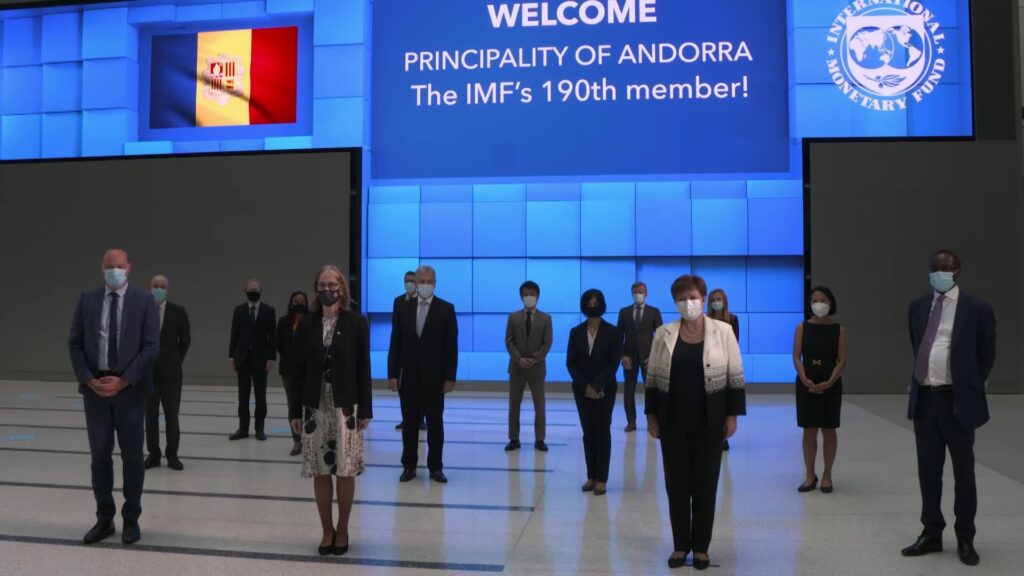
Functions
Additionally, still based on IMF, IMF has its aim to provide economic-related help to counter the country’s economic issues. Some of it would be:
- Financial Assistance: Loans and other financial aids to member countries
- Policy Advice: Monitoring economic and financial developments and advising countries
- Capacity Development: Technical assistance and training to help governments implement sound economic policies
Types
(PRESS THE PHOTO MAP FOR DETAIL INFORMATION)
After 8 decades established, IMF also contribute to the funding and providing policy advice throughout decades, from World War II to covid 19, reaching US$ 170,570.29 million by helping 90 countries around the globe. On funding certain countries, The IMF offers several types of funding based on the issues, including:
Rapid Financing Instrument (RFI)
Quick financial assistance to countries facing urgent balance of payments needs. For example, sudden economic shocks, natural disasters, or commodity price fluctuations.
Augmentation of Existing Arrangement
Increasing the amount of financial support provided that is larger-than-expected balance of payments needs. For example, unforeseen economic difficulties.
Rapid Credit Facility (RCF)
Similar to the RFI, the RCF is intending to reach for quick disbursement but is specifically tailored to poorer nations. It provides support without requiring the implementation of a traditional IMF-supported program.
New Arrangements
Arrangements or programs that are tailored to address specific economic challenges and typically involve the implementation of comprehensive policy adjustments and structural reforms. For instances, the Stand-By Arrangement (SBA) and Extended Fund Facility (EFF).
Flexible Credit Arrangements
Offer a pre-approved line of credit that they can draw on if needed. This mechanism provides a safety net for countries with strong economic fundamentals, allowing them to access funds quickly.
Flexible Credit Facility (FCL)
Provides substantial and upfront access to IMF resources and aims to provide flexibility and reassurance to countries with robust economic framework. Designed for countries with very strong economic fundamentals and policies.
Extended Fund Facility (ECF)
Provides financial assistance to countries facing medium- to long-term balance of payments problems due to structural issues. It typically involves longer-term engagement and larger financial support compared to other arrangements.
Catastrophe Containment and Relief Trust (CCRT)
Provides grants to eligible low-income countries to help them address the immediate financial needs arising from catastrophic events such as natural disasters or public health emergencies.
What Makes the IMF a Target of Criticism?
A stream of criticism of IMF has focused on the content of the conditional policies and programs that the IMF enforces about how they have undermined human rights and worsened economic issues. Based on the brettonwoodproject, IMF contains many issues, such as:
Uncoherent Decisions:
IMF decisions often reflect political power imbalances in governance structures, as voting shares are primarily based on the size of a country’s quota. This means poorer countries are structurally under-represented in decision-making processes. USA holds 17.43% of the overall quota, giving it a disproportionately large influence by 17.43% voice value.
Harmful Economic Policy Conditions
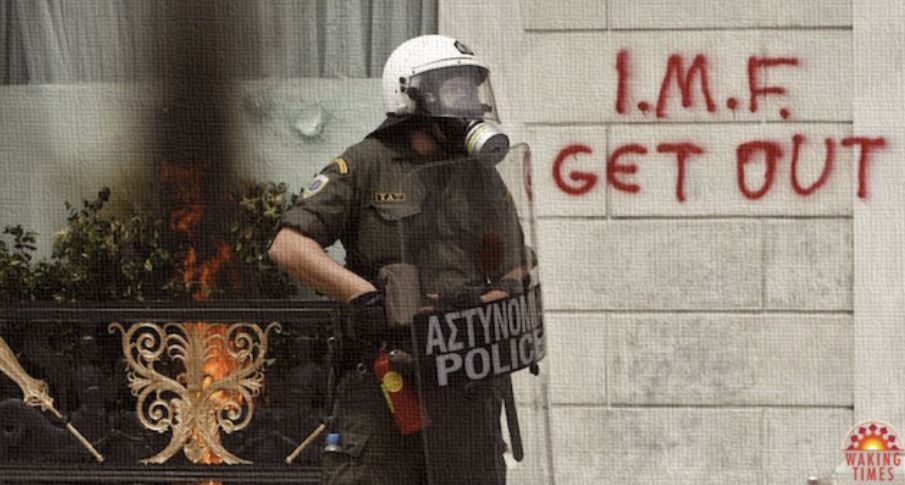
IMF policy conditions often limit countries’ ability to make independent policy decisions and erode national development strategies. This is particularly problematic in low-income countries where public policy space is restricted despite IMF’s efforts to align the loan conditions.
Over-Intervention
It’s widely known that IMF occasionally intervene deeply to one’s country economic issues. It has been criticized for being too slow or too eager to assist failing national policies, and sometimes only leading to worsened exchange rates.
In fact, based on economicshelp, believers in free market argue that IMF is too interventionist and it’s better to let capital markets operate without attempts at intervention.
Failure to Learn from Past Mistakes
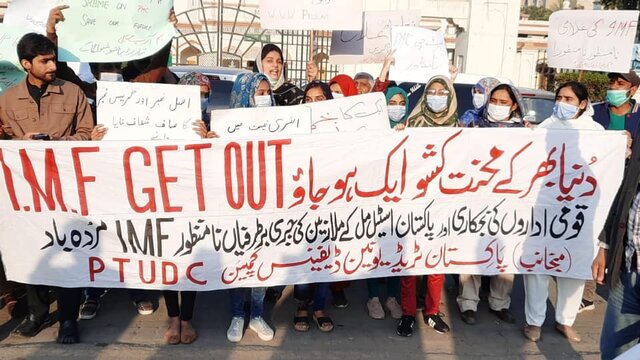
Still according to brettonwoodsproject, Critics argue that the IMF often fails to learn from past mistakes, particularly regarding economic stabilization and structural adjustment.
The IMF also has faced criticism for imposing harsh conditions on loans, which can worsen economic difficulties in recipient countries.
Deteriorating Macroeconomic Policy Prescriptions
IMF continues to advocate policies that result in reduced economic activity, decreased consumption, lower public revenues, diminished investment in essential public services, and increased inequality, ultimately hindering growth.
Proof of IMF Failures
The failure of IMF has been proven with several failed attempts to help certain countries in economic crisis. The failure of IMF could be due to the unusefulness of policies, too strict policies, IMF neglection, and so on. The mistakes that highlights the IMF as a subject of criticism on economic issues, based on public’s view were:
Asian Crisis (1997)
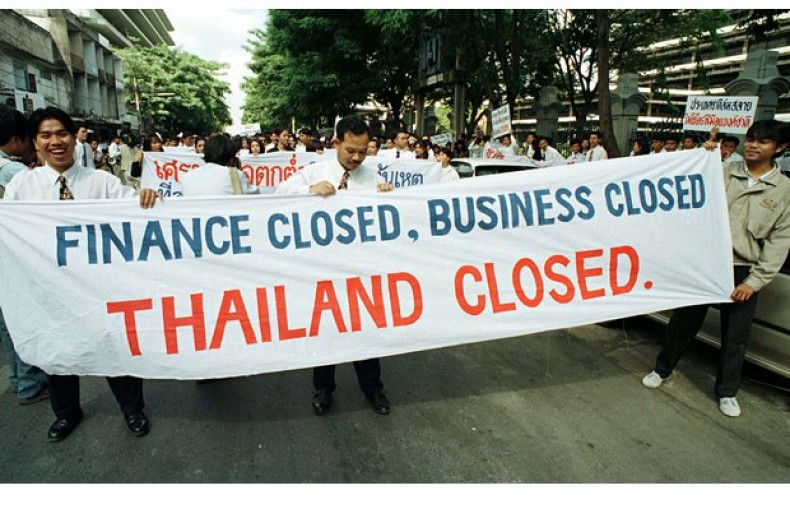
Indonesia, Malaysia, and Thailand were required by the IMF to implement tight monetary policies (higher interest rates) and tight fiscal policies. It’s aim was to reduce budget deficits and strengthen exchange rates.
However, according to economicshelp, these measures exacerbated a minor slowdown into a severe recession with very high levels of unemployment.
Argentina (2001)
The decline in investment in public services arguably damaged the economy. Faced into a similar policy of fiscal restraint in 2001, the country defaulted on its debt, and the public criticized IMF’s policies for exacerbating the crisis by imposing austerity measures that led to social unrest and economic contraction.
Greece (2010-2018)
The IMF, along with the European Union, provided bailout packages to Greece during its debt crisis. However, the austerity measures imposed as conditions for the loans led to a deep recession, high unemployment, and significant social unrest.
Zambia (2020)
Zambia’s IMF program faced challenges due to the country’s high debt levels and economic mismanagement.
The IMF’s conditions have seen to be stringent, leading to implementation difficulties and further economic instability.
COVID-19 Pandemic (2021)
Some argued that IMF’s response was to inadequate regarding the COVID-19 pandemic, leaving many countries deeply indebted. In fact, according to the Financial Times, only 10% of IMF’s funds capacity (reported to be $1tb) was used for assisting, this perhaps means that countries tried to avoid policies from IMF that tied to loan providing.
Kenya (2024)
In Africa, debt servicing often surpasses the combined spending on health, education, climate, and social services. Loan conditions, such as tax hikes, have led to public protests due to it worsening poverty and inequality.
Conclusion
The IMF has been and continues to be the subject of robust academic, UN, and civil society criticism.
Based on brettonwoodproject, documents of extensive academic literature suggest that IMF has failed to achieve its aim, instead supports economic and policies that benefits elites.
J.M. Keynes, a key figure in establishing the IMF, described it as “the exact opposite of the Gold Standard,” aiming to improve the international monetary system. Dealing with economic crises often requires difficult adjustments, and while the IMF’s policies may involve hardships, countries voluntarily seek IMF assistance, choosing to accept the terms for the potential benefits.
The fact that many countries choose to take IMF loans suggests that there must be some benefits to their assistance.
Successes

While IMF failures are often highlighted, its successes are less frequently acknowledged.
Criticisms often focus on immediate issues without considering long-term impacts. According to Wikipedia, IMF loans have helped numerous countries avoid liquidity crises, including:
- Stabilizing France’s economy post-World War II
- Reconstructing the international payments system post-World War II
- Assisting newly-independent African nations in the 1960s
- Navigating oil shocks in the 1970s
- Supporting Former Soviet Union nations transitioning to market-based economies
- Providing financial assistance during capital flow crises in the 1990s
- Delivering debt relief to heavily indebted and low-income countries
- Supporting economies post-Global Financial Crisis
- Providing financial support during the 2015 Ebola outbreak
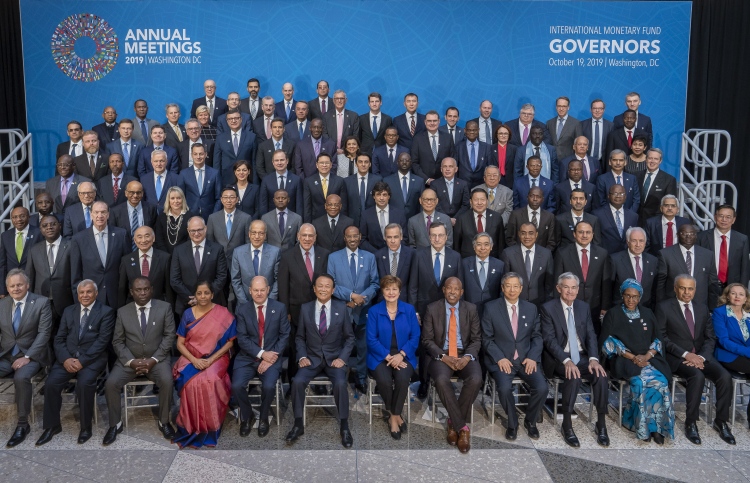
Ultimately, the IMF’s success depends on its ability to balance economic efficiency with social equity. This means that while implementing policies to boost economic growth and stability, the IMF must also ensure these policies protect and benefit all citizens.
Achieving this balance involves addressing both immediate financial needs and long-term development goals, considering the impacts on various segments of society, and striving to create a fairer and more inclusive global economy.
Home Back
Sources
https://theconversation.com/the-imf-is-failing-countries-like-kenya-why-and-what-can-be-done-about-it-233825
https://www.ft.com/content/9de8e963-850c-47ce-97f1-b0bf29b2b751
https://www.investopedia.com/ask/answers/061115/what-are-advantages-and-disadvantages-international-monetary-fund.asp
https://www.imf.org/external/np/sec/memdir/memdate.htm
https://en.wikipedia.org/wiki/International_Monetary_Fund
https://www.economicshelp.org/blog/glossary/imf-criticism/
https://www.heritage.org/report/the-international-monetary-fund-outdated-ineffective-andunnecessary
https://www.bbc.com/news/business-50069765
https://www.brettonwoodsproject.org/wp-content/uploads/2019/06/Common-Criticisms-FINAL.pdf
https://www.imf.org/en/Topics/imf-and-covid19/COVID-Lending-Tracker#CCRT
https://www.imf.org/en/About/Factsheets/IMF-at-a-Glance
https://www.investopedia.com/terms/i/imf.asp#:~:text=IMF%20Activities%201%20Surveillance%20The%20IMF%20collects%20massive,distress%20to%20prevent%20or%20mitigate%20financial%20crises.%20
https://www.imf.org/external/about/timeline/index.htm#1940
file:///C:/Users/arifi/Downloads/From%20Suez%20to%20Tequila%20The%20IMF%20As%20Crisis%20Manager.pdf
https://www.imf.org/en/About/effectiveness-of-imf-lending#:~:text=The%20IMF%20is%20currently%20lending%20close%20to%20%24200,Ukraine%20%E2%80%94%20and%2016%20countries%20in%20Sub-Saharan%20Africa.
